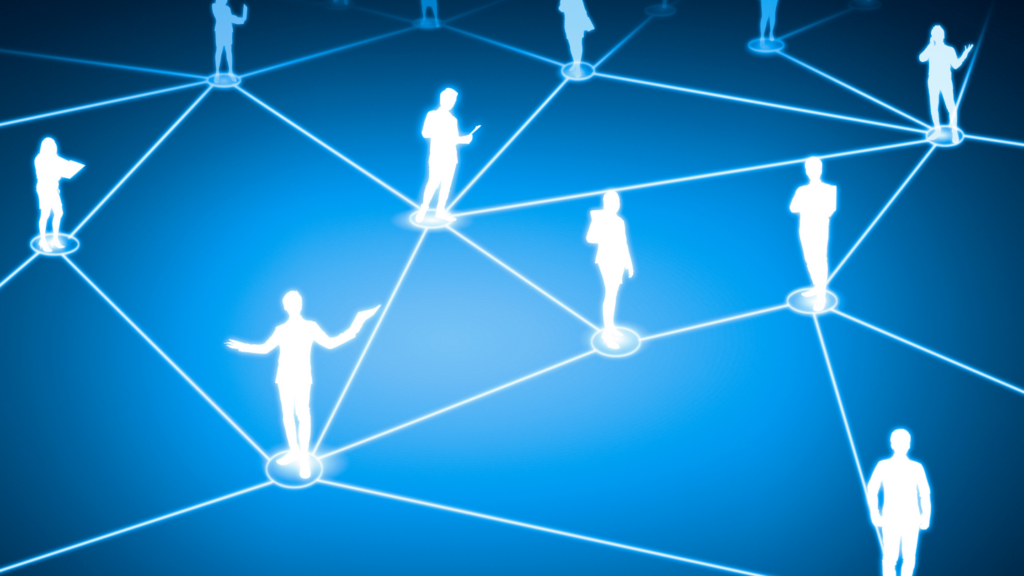If you’re lucky, you don’t have to interact with emergency medical services (EMS) often. No offense to the lovely folks who fill these brave shoes, but no one exactly plans to need a medical first responder. But if it ever comes to that, I can tell you one thing for which we all hope: that our care team has the info they need to provide lifesaving care.
For any providers on the front lines in emergent events (such as Emergency Medical Services), the ability to quickly and effectively gather information on patient(s) in need can make all the difference in their outcomes. When medication allergies, diseases, and risk factors for interventions are unknown, timely care hangs in the bounds and the unknown is exponentially more scary for everyone involved. To be frank, we don’t have time for this gap to exist.
As we’ll discuss further, it’s not only patients whose well-being needs consideration…healthcare providers too (of all types), have a lot of stake in how their patients fare and how solutions for connectivity must be implemented.
In Emergent Circumstances, EMS is the First Line of Defense

Equipping emergency medical responders with better access to data to support the incredibly rapid yet vital decisions they must make in those early moments of intervention can quite literally be the difference between life and death. When so much of what healthcare IT really aims to do can sound like white noise to busy, burdened healthcare providers, this is exactly where we all need to lean in and prioritize connectivity efforts.
How Does Connectivity for EMS Work?
Understanding just how all this could play out is really important to grasp it as (a) actually possible and (b) not that complicated.
Let’s say an ambulance arrives at a car accident and finds an unresponsive patient. The EMS medic can use the patient’s driver’s license to query records and receive patient information on demand via their Kno2 Connected ePCR system and be promptly connected to a network of providers in the area that participate in that patient’s care. This means the EMS team now has access to medical history, medications list, and list of diagnoses and procedures at their fingertips, not to mention super timely documents such as Advance Directives! And because the idea is to equip and inform providers across the whole care continuum, the collected data plus the EMS records follow the patient from this point forward. Not weeks from now…now, now. Everyone is working from the same information and insight about the patient so they can make the best decisions possible.
The amazing news? This isn’t science fiction. This is possible today!
Good Outcomes Matter to Patients…and to Providers
A hugely important aspect of this conversation that is often overlooked is just how important patient outcomes are to the providers caring for them. Providers of care thrive on good outcomes. Good outcomes affect the patient for life and patient outcomes affect the mental health of the providers. From the EMT who responds in an emergency, to the admitting physician in the ED, to their fellow specialists involved in the post-acute care, everyone touching that patient is inherently invested in their outcome. They care.
So, when better information means a better prognosis and better decisions made, we should all be invested in ensuring the best access possible to the front lines and making room at the table for use cases and solutions that serve our first responders. Can you imagine the burden of making a medical mistake based on a lack of data? It just doesn’t have to be this way.
Connectivity Delivers the Care we all Expect and Deserve
As patients, we just assume everyone is communicating and sharing data. When our every move is tracked by any number of devices in our daily lives, it’s simply shocking to imagine the absence of data when a medical emergency strikes. Connectivity between and across care providers in a community, starting with the brave men and women answering our 911 calls, is critical for turning the chaos into calm…even in the midst of an emergency.






